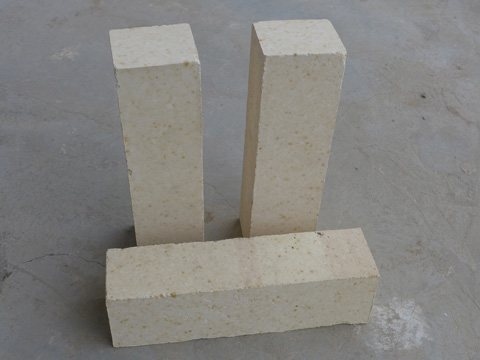
Refractory materials are the types that are able to retain strength even when placed under high temperatures. The refractory materials are in many cases used in the linings of reactors, furnaces, incinerators and kilns.
Refractory bricks are described as a block made of ceramic refractory material that is utilized in the linings of fireplaces, fireboxes, kilns and furnaces. The refractory brick is mainly built with the purpose of withstanding very high temperatures, but typically have a lower thermal conductivity for increased energy efficiency.
The refractories play an important role in rotary kiln linings and the lining of the static equipment of high volume areas which makes up a pre-calciner modern kiln system. The durability and strength of the brick lining in rotary kilns typically will determine the duration associated with the kiln’s operating campaign. While extensive efforts are used to make sure the right refractory brick materials, zoning (deployment), installation as well as optimizing the kiln light-up. In most cases it is the stability and nature of kiln operations that will have an influence on life span of the rotary-kiln lining.
Today many of the kilns now make use of alternative fuels and many substitute the alternative fuels inside the primary kiln burner and inside the pre-calciner or pre-heater. The heat-release and chemical changes that are caused by these short-term fluctuations inside the fuel mix will have a significant influence of atmospheric conditions and the thermal coating that exists through a rotary kiln into a pre-calciner.
Expert systems that are now available which assist in limiting the influences created by fuel-mix fluctuations on a flame shape, however the majority of the cement kilns are currently not equipped with these types of systems. Consequently main influences of using alternative fuels will be to do with clinker chemistry caused by various ash compositions for the individual types of alternative fuels.

